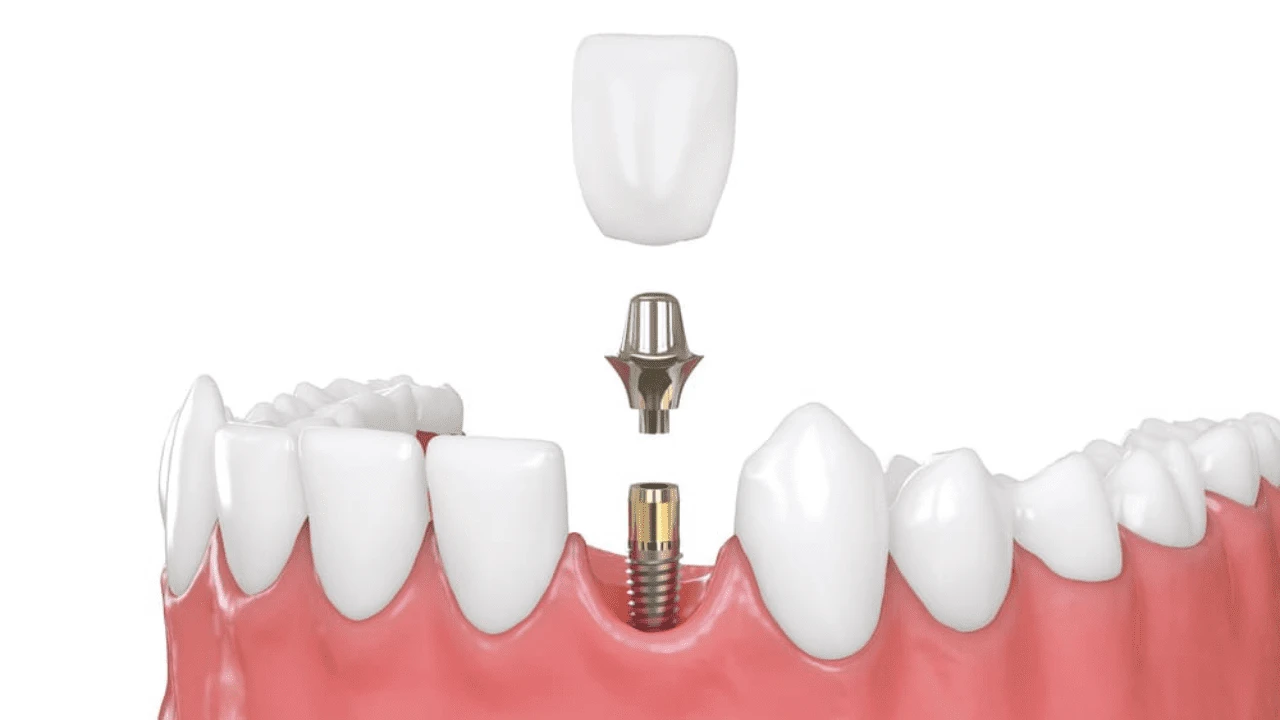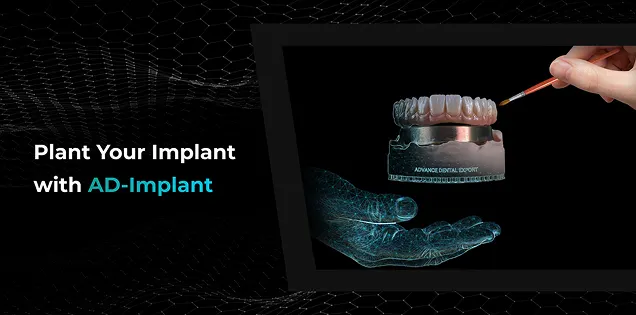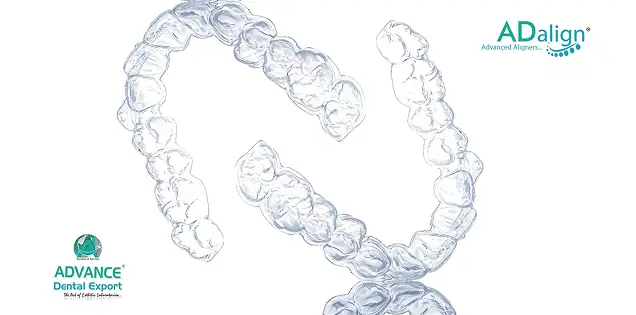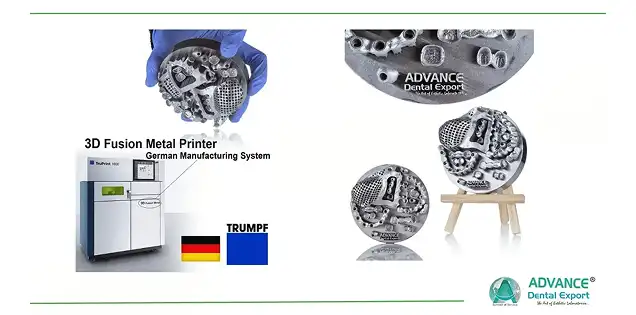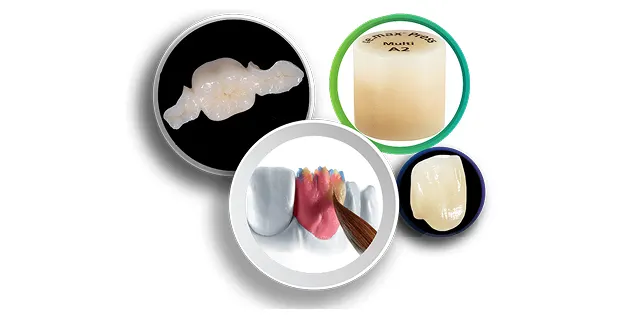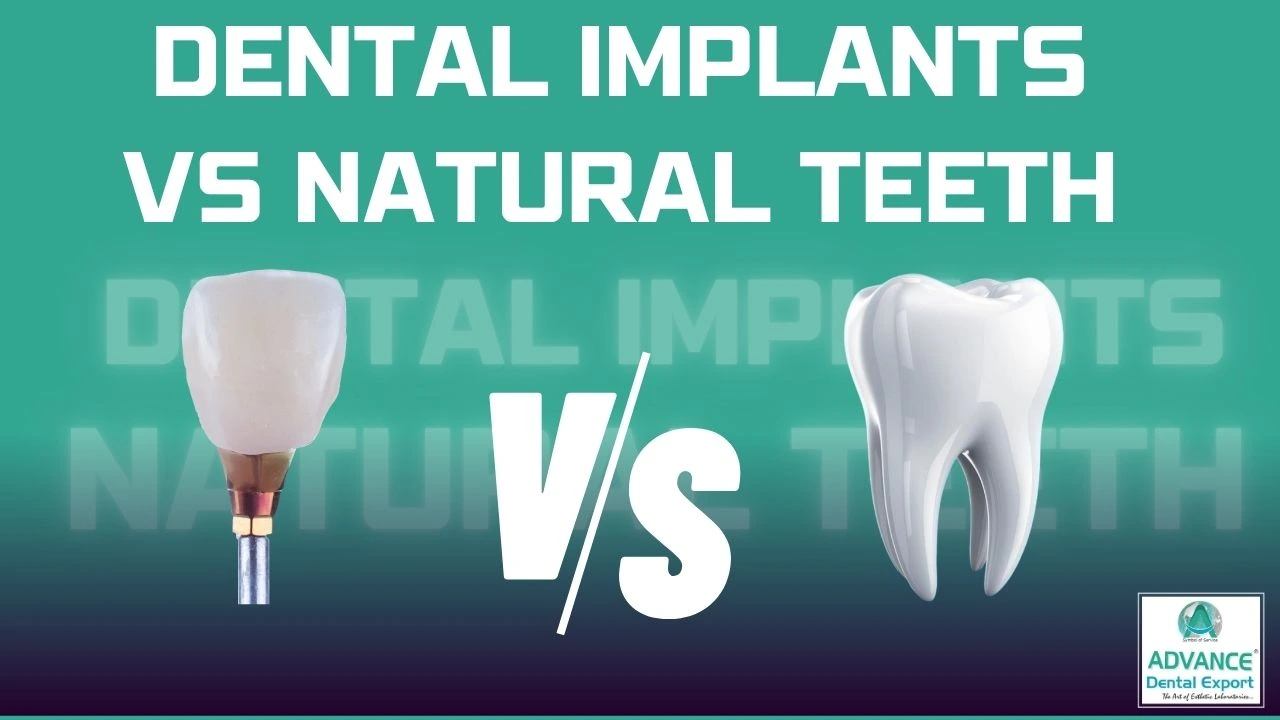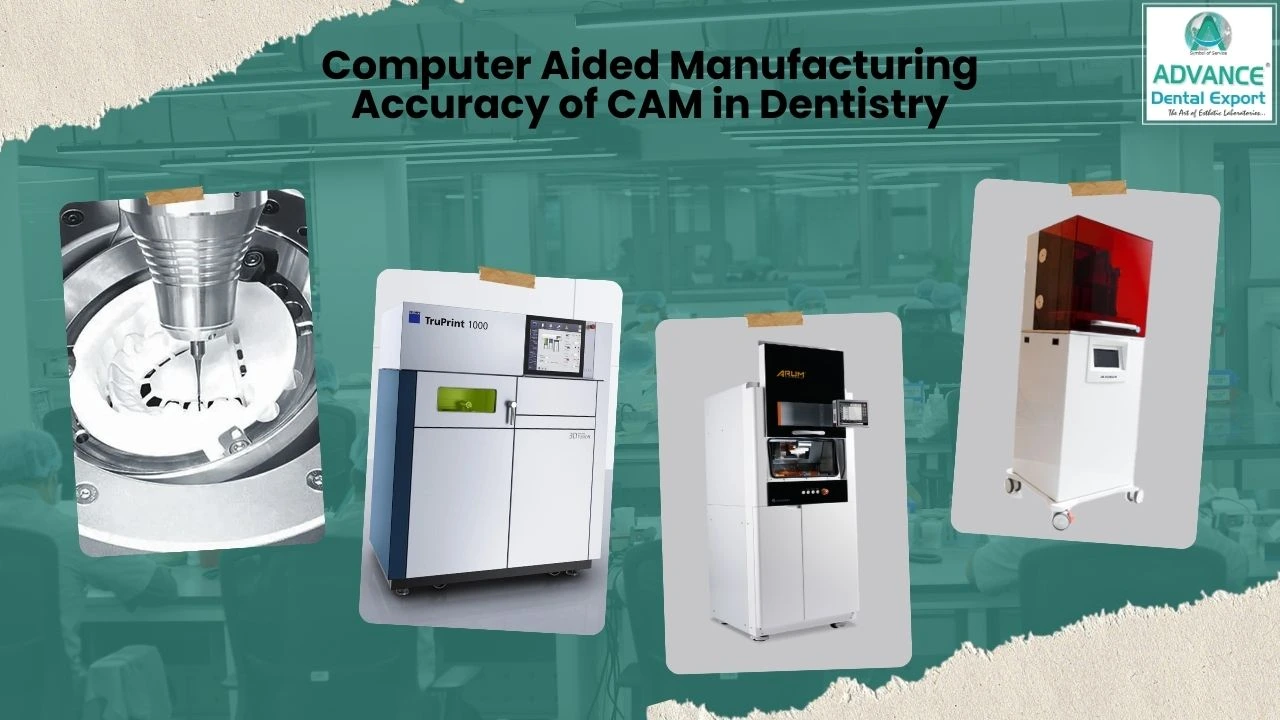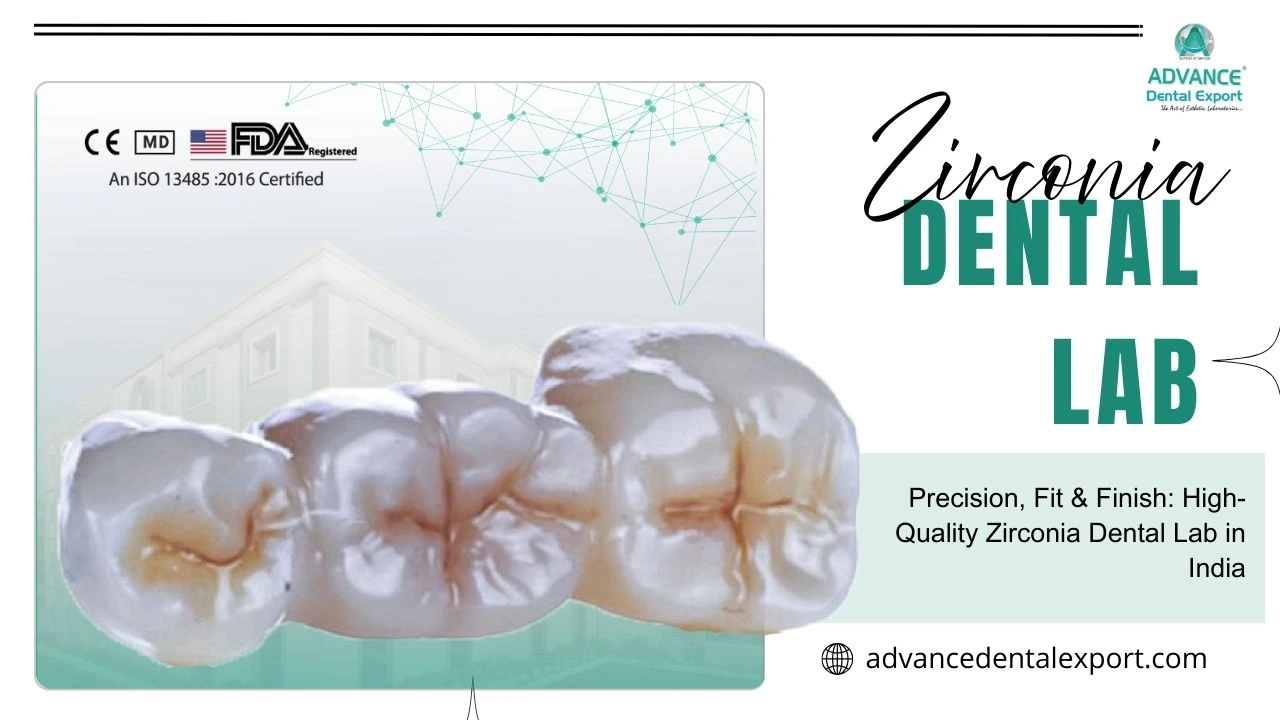Have you ever wondered what really connects dental implants to new, beautiful artificial teeth? If you’re considering getting implants or are curious about how these modern dental miracles work, it’s important to understand a dental abutment. This often overlooked, small but crucial component plays a big role in the success and longevity of your dental restoration.
Basically, a dental implant system typically consists of three main parts: the implant screw (which acts as the root of your new tooth), the dental crown (your visible, custom-made tooth), and the abutment. Think of the abutment as a vital bridge – it’s the part that securely connects the implant, which is surgically placed in your jawbone, to the final crown, which you see and use to chew. Without the right abutment, your new tooth will not have a stable base, nor will it look and function naturally.
In this comprehensive guide, we will delve deep into the world of dental abutments . We will explore the true meaning of an abutment, delve into its different types, understand its intricate parts, and explain in detail the essential function of this crucial component of an abutment with implants. Our goal is to provide direct, accurate, reliable, and easy-to-understand information from dental experts, so that you have all the knowledge you need to design your smile.
So, let’s unlock the secrets of dental abutments and give you confidence about your smile!
What is a dental abutment?
If you’re thinking about dental implants, you’ve probably heard of the implant screw (which goes into the bone) and the crown . But there’s one crucial piece that connects the two: the dental abutment.
Abutment Meaning
In simple terms, an abutment is a small, pillar-like component that connects a dental implant to your new tooth (crown, bridge, or denture). It is screwed onto the implant, and the crown is fitted onto it. This connection ensures that your new tooth remains stable and secure.
Function of Abutment
The main function of an abutment is to create a reliable and stable bridge between the implant and the dental prosthesis (e.g., crown). Its main functions include:
Providing attachment: It securely connects the implant fixture (which is in your jawbone) and the dental crown. Because of this, your new tooth remains stable while chewing and speaking.
Support and stability: The abutment provides a strong base for the crown, so that it can function properly and look beautiful.
Shaping the tissues around the gums: The shape of the abutment helps to create a natural appearance around the gums, called the emergence profile.
In a way, an abutment is the intermediate part of your implant-supported system that creates a connection between the tooth root (implant) and the visible part of the tooth (crown).
Key Parts of Dental Abutment
Although an abutment is a small part, it is made up of several important components that contribute to its functionality:
- Body: This is the main part of the abutment that extends from the implant above the gum line and supports the crown of the tooth. Its surface is designed to hold the crown securely.
- Connection: This is the part of the abutment that fits into the implant fixture. There are two main types of connections: internal and external. The internal connection is more common and provides greater stability. This is the main connection point to the abutment implant.
- Abutment Screw: This is the small screw that securely holds the abutment to the implant fixture. Its proper tightness is critical to the long-term success of the implant system.
- Emergence Profile: This is the part of the abutment that naturally protrudes from the gum line. The dentist designs this profile to look like a natural tooth and maintain gum health. A good emergence profile ensures that your new abutment tooth looks good aesthetically.
Explore Our Restorations
Together, these parts transform the dental implant into a complete and functional restoration, giving you back a confident smile and the ability to chew.
Types of Dental Abutments
In a dental implant system, an abutment is a bridge that connects a crown to an implant. Depending on how this connection is made, there are two main types of abutments: Screw-Retained and Cement-Retained . Both of these methods have their own characteristics and advantages, which the dentist chooses based on the patient's needs and clinical situation.
1. Screw-Retained Abutments
In a screw-retained abutment system, the crown or bridge is attached directly to the abutment, and then the abutment is attached directly to the implant with screws. This does not use cement, which offers several advantages.
How it works:
In this system, the crown has a small hole (screw access hole) at the top through which a screw passes. This screw securely attaches the abutment to the implant and the crown to the abutment. Once installed, the screw hole is filled with dental resin so that it is not visible.
Advantages:
The restoration is easily removed: If the crown needs to be checked, repaired, or replaced in the future, the screw can be easily loosened, and the crown can be removed. This is more convenient than the cement-retained system.
No cement-related problems: In a cement-retained system, there is a possibility of residual cement remaining under the gums, which can later cause gum inflammation or damage to the bone around the implant (peri-implantitis). This risk is not present in a screw-retained system.
Gum health: The lack of cement is considered better for gum health.
Disadvantages:
Aesthetics: Especially in the front teeth, if the screw hole is in a very visible place, it may look less aesthetically appealing, even if it is filled with resin.
Screw loosening: Although rare, the screw can loosen over time, which may require retightening by the dentist.
Space requirement: There needs to be enough space inside the crown for the screw hole.
2. Cement-Retained Abutments
In a cement-retained abutment system, the abutment is attached to the implant with screws, but the crown is permanently attached to the abutment using dental cement. This method is similar to placing crowns on natural teeth.
How it works:
The dentist first attaches the abutment to the implant with screws. This abutment has no visible screw holes. Then, the crown of the tooth is permanently cemented to the abutment with a special dental cement.
Advantages:
Excellent aesthetics: Since the crown has no screw holes, it provides a completely natural tooth-like appearance, which is very beneficial, especially for front teeth.
Flexibility: Crowns offer more flexibility in design because screw holes do not need to be considered.
Simple procedure: The process of cementing a crown is simple and familiar to the dentist, similar to placing a crown on a natural tooth.
Disadvantages:
Risk of cement residue: If small particles of cement remain under the gum, they can later cause problems such as inflammation, infection, or peri-implantitis (destruction of the bone around the implant). This can affect the long-term success of the dental implant.
Difficulty in removing the restoration: Once the crown is cemented, it becomes very difficult to separate it from the implant in case of future problems or repairs.
Less maintainability: These can be a bit more complicated to maintain than screw-retained crowns because they are difficult to remove.
Expert dental professionals recommend the right abutment type only after a thorough examination of your case and considering your individual needs. The abutment system that accompanies each implant aims to make your smile functional and aesthetically appealing.
Abutment Placement Procedure: In Implant-Based Restoration
Once your dental implant has fully integrated with the bone, called osseointegration, the next important stage of dental restoration comes: abutment placement. This procedure ensures that a secure and stable base is available for your new tooth (crown, bridge, or denture).
As an expert dental professional, I will explain this process to you in simple language:
Looking for a trusted lab partner? Get high-precision restorations from Advance Dental Export
Key Steps of Abutment Placement
1. Removing the Healing Cap or Cover Screw:
After implant surgery, your implant is covered with a healing cap or small cover screw. The purpose of these parts is to protect the implant and allow the gums to heal properly around it. Before placing the abutment, the dentist will gently remove the cap or screw. This procedure is usually done under local anesthesia, so that you do not feel any discomfort.
2. Attaching the Abutment:
Once the implant is exposed, your dentist will carefully select the appropriate abutment. This abutment can be either prefabricated (made in a standard size) or custom-made (made especially for you). The abutment is inserted precisely into the internal or external connection of the implant. Then, it is securely attached to the implant with a specific torque (specific pressure) using a special abutment screw. This step strengthens the connection of the implant with the abutment.
3. Taking Impressions:
After the abutment is fixed, your dentist will take precise dental impressions of your mouth. These impressions will be sent to the dental laboratory, where your permanent tooth crown, bridge, or denture will be made. These impressions are extremely important because they ensure that your new tooth matches your existing tooth perfectly and fits properly.
4. Temporary Restoration:
In some cases, especially if it is a restoration of the front teeth, a temporary crown may be placed until your permanent crown is ready. This temporary restoration serves aesthetic needs and also helps to give the gums the proper shape.
5. Placement of Permanent Crown:
Once your permanent crown is ready from the laboratory, you will have another visit with your dentist. Your dentist will check the crown on the abutment and make sure it fits properly, has no problems with your bite, and is aesthetically pleasing. If everything is OK, the crown will be attached to the abutment with permanent cement (if cement-retained) or screws (if screw-retained). Thus, the construction of your abutment tooth will be completed.
Post-Abutment Placement Care
There may be some tenderness or swelling after abutment placement, which usually subsides within a few days. Your dentist will advise you on the following:
- Oral hygiene: Brush and floss regularly to keep the area around the implant and abutment clean.
- Diet: Eat a soft diet initially.
- Regular visits: Have follow-up appointments with your dentist.
Abutment placement is a crucial step in successfully completing a dental implant. This procedure ensures that your new teeth not only look good, but also function for a long time. If you have any questions about this procedure, be sure to discuss them openly with any trusted dental laboratory .
Conclusion
By now, you must have understood how important an abutment is in a dental implant system. By connecting the implant to the crown, the abutment enables you to smile and chew with confidence, putting an end to the hassles caused by missing teeth.
Remember, the right choice, precise placement, and regular care by an experienced dental professional are essential for a successful implant with abutment system. If you are interested in learning more about dental implants to improve your smile, don’t hesitate to contact your dentist. They can help you devise the best treatment plan to suit your individual needs.
